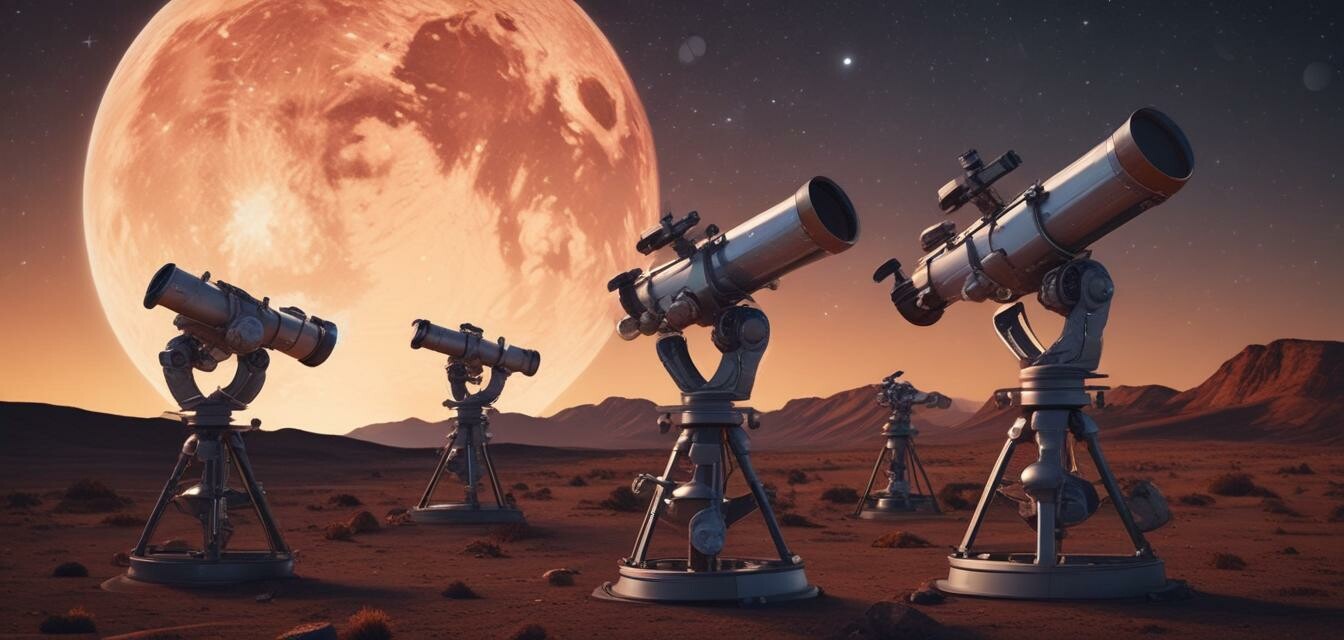
Comparing the Top Telescopes for Planetary Imaging
Key Takeaways
- Understanding the importance of aperture in capturing planetary details.
- Different telescope types offer various advantages for planetary imaging.
- Consider features such as optical quality and mount stability.
- Budget can greatly affect your options, from entry-level to high-end telescopes.
- Researching reviews and comparisons can lead to better purchasing decisions.
Choosing the right telescope for planetary imaging can be an overwhelming task. With so many options available, you might find it challenging to make an informed decision. This article aims to break down the features of different telescopes, helping you to pick the best one that suits your needs for stargazing.
Why planetary imaging is important
Planetary imaging allows astronomers and enthusiasts to capture stunning photographs of the planets in our solar system. The right telescope can reveal crucial details about the surface of planets, their moons, and other celestial objects. Whether you are a beginner or an experienced astronomer, understanding what to look for in a telescope is essential.
Key features to consider
- Aperture: The diameter of the telescope's main lens or mirror, influencing light-gathering capacity and image clarity.
- Optical quality: Determines how well the telescope can produce clear, detailed images.
- Mount Type: Stability is key to achieving sharp, focused images; options include altazimuth and equatorial mounts.
- Portability: Consider how often you plan to transport the telescope and its size when collapsed.
- Price: A vast range exists, with various features that affect the final cost.
Comparison of different telescope types
| Telescope Type | Aperture Size | Pros | Cons |
|---|---|---|---|
| Refractor Telescopes | Small to Large | Excellent for planetary imaging, minimal maintenance required. | Can be more expensive for larger models, prone to chromatic aberration. |
| Catadioptric Telescopes | Medium to Large | Versatile and compact, great for both terrestrial and celestial observing. | Can be heavy, needing a sturdy mount. |
| Reflector Telescopes | Large | Cost-effective for larger apertures, good light-gathering ability. | Needs regular maintenance and realignment. |
| Digital Telescopes | Variable | Easy to capture and share images, user-friendly. | Can be more expensive, dependent on technology. |
Tips for beginners in planetary imaging
Helpful Guidelines
- Start with a smaller telescope to learn about viewing techniques and settings.
- Attend star parties or astronomy clubs to gain practical experience.
- Experiment with different eyepieces to enhance your planetary views.
- Utilize smartphone apps for tracking celestial objects and helping with imaging.
- Always check weather conditions; clear skies are a must for good imaging.
FAQs about telescopes for planetary imaging
What is the best telescope for planetary observation?
While the best telescope can vary, look for one with a good aperture size, optical quality, and solid mount. Refractors and catadioptrics are popular choices.
How much should I spend on a telescope for planetary imaging?
Your budget can range significantly. Entry-level telescopes can start around a few hundred dollars while high-end models may exceed a thousand dollars.
Do I need special accessories for planetary imaging?
Accessories such as filters, high-quality eyepieces, and a sturdy tripod or mount can enhance the imaging experience.
Final thoughts
Choosing the right telescope for planetary imaging will depend on your experience level, budget, and specific needs. Conduct thorough research, utilize our guides like the Buying Guides, and consider factors such as aperture, optical quality, and ease of use to make an informed decision.
Pros of using good telescopes for planetary imaging
- High-resolution images of celestial bodies.
- Enhanced understanding of astronomy and planet characteristics.
- Opportunities for astrophotography.
- Can be a rewarding hobby that brings people together.
Cons of using telescopes for planetary imaging
- Can be costly, especially for high-quality models.
- Requires maintenance and occasional calibration.
- Learning curve for capturing quality images.
- Not portable if you opt for large telescope models.
For more insights and details on different types of telescopes, be sure to check our sections on Reflecting Telescopes, Refractor Telescopes, and Catadioptric Telescopes. This will help broaden your understanding as you embark upon your astronomical journey.